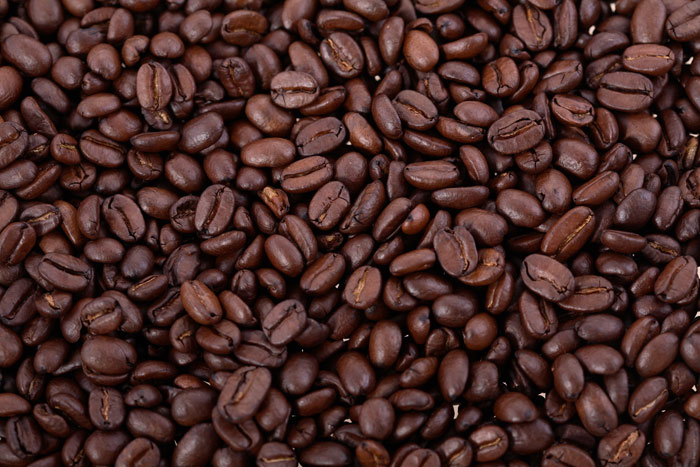There are facts and knowledge that have not caused doubt in people for many decades. Nobody doubts that Saint Bernard rescue dogs wear a flask of brandy on their neck or that spinach is a special and very useful product. In this article, we have debunked 9 of the most popular myths that are now spread all over the world.

1. Celibacy
Myth: Catholic priests can’t get married
In order to debunk this myth, one must first understand the nature of the Catholic Church. It has its own departments: Roman (or Latin) Catholic Church and Eastern Catholic Church (not to be confused with the Orthodox Church). Both of these churches come under the jurisdiction of the Pope and follow the same doctrines. However, there are many differences between them, mainly in religious matters and certain rules. In the Eastern Church, priests can marry, but a married priest cannot become a bishop.
2. Canine patrol
Myth: Saint Bernard rescuers carry a flask of brandy on their neck
Many people saw a photograph, in which a large St. Bernard dog with a flask of brandy on the collar saves people lost in the snowy mountains. In fact, St. Bernard dogs have never worn such a flask because alcohol may aggravate the situation with frostbite.
3. A cup of coffee as treatment
Myth: Coffee can help sober a person
Alcohol is absorbed by the body at a constant speed, so nothing can be done to make it happen faster. If you drink a liter of beer, the level of alcohol in your blood will be reduced to zero in about four hours. Coffee and cold shower can restore your energy, but the effects of intoxication will not pass.
4. Haggis
Myth: Haggis is a Scottish dish
It turns out that haggis (a dish of ground lamb heart, lung, and liver) had been brought to Scotland (most likely, from Scandinavia) long before Scotland appeared on maps. In fact, even the Romans had a very similar dish, and it was mentioned in the “Odyssey” by Homer. The first description of this dish came from the Hittites (modern Turkey). It is also interesting that kilts were also brought to Scotland by the Vikings.
5. Popeye and spinach
Myth: Spinach makes a man as strong as Popeye the Sailor
The myth is based on the fact that spinach contains a great amount of iron, but in reality it is not so. Paradoxically, the myth appeared in 1870 after an accidental mistake, when Dr. Wolff put a decimal point in the wrong place. Since then people have been misled that spinach contains 10 times as much iron as it actually has.
6. Plague and fire
Myth: The Great Fire of London in 1666 stopped the Great Plague in 1665
A recent study conducted by the University of London found no correlation between the fire and the plague. It was a coincidence that the Great Fire happened just when the Great Plague started to mysteriously disappear. Most areas of London where plague was raging were poor suburbs to the north, south and east of the city borders, and the fire spread inside the city.
7. An evil vegetarian
Myth: Adolf Hitler was a vegetarian and did not drink alcohol
This is a very common and popular myth, but it sounds like a paradox: a person who caused one of the worst genocides in history was supposed to be so fond of animals that he did not eat their meat. In fact, this is not true. Hitler did prefer a vegetable diet, but he was very fond of German sausages and ham. In 1930, his chef, Dion Lucas, said that Hitler’s favorite dish was stuffed pigeon. Hitler also drank beer and diluted wine.
8. The first phone
Myth: Alexander Graham Bell invented the telephone
Many have heard the story that Alexander Graham Bell invented the telephone and used it for the first time to call his secretary Watson. In fact, telephone had been invented 15 years before that by Philipp Reis, a German inventor. His device (which he called Reis telephone) was first demonstrated in 1861. The device could transfer music, but human voices were hardly distinguishable.
9. Classical colors
Myth: Classical statues and buildings were made of white stone or marble
When most people think of the Romans and the Greeks, they just remember beautiful white statues and buildings. In fact, the statues, excavated in the 1800s, had remnants of paint on them. At that time, color was considered an insignificant part of the found beauty, so no one bothered to try to reproduce the original appearance of the great works of art.










